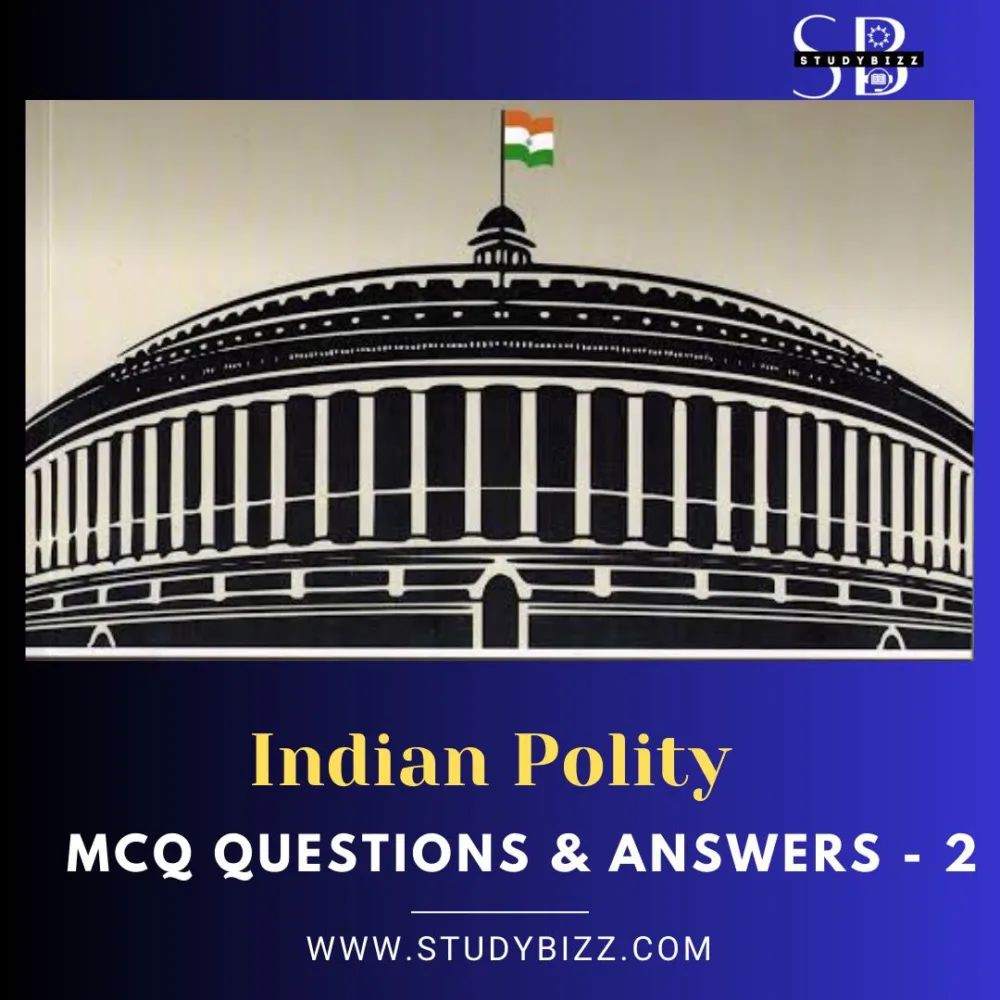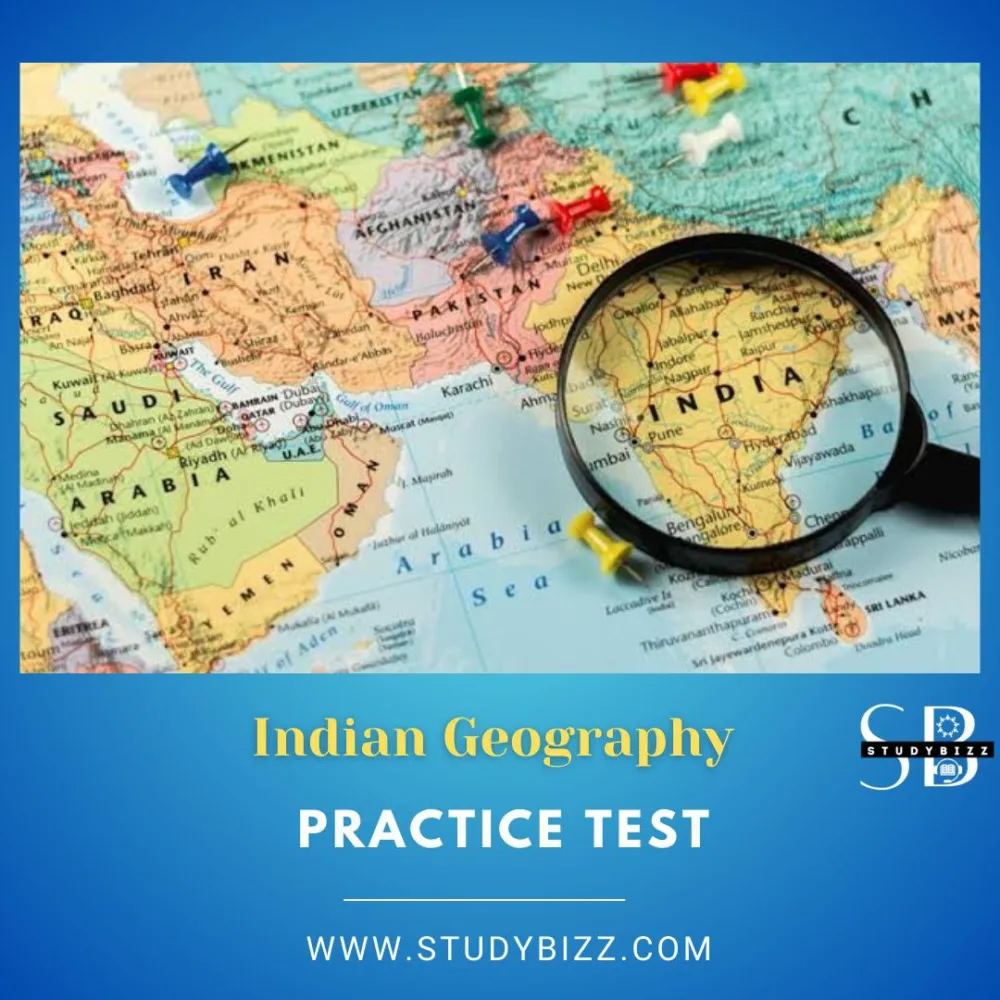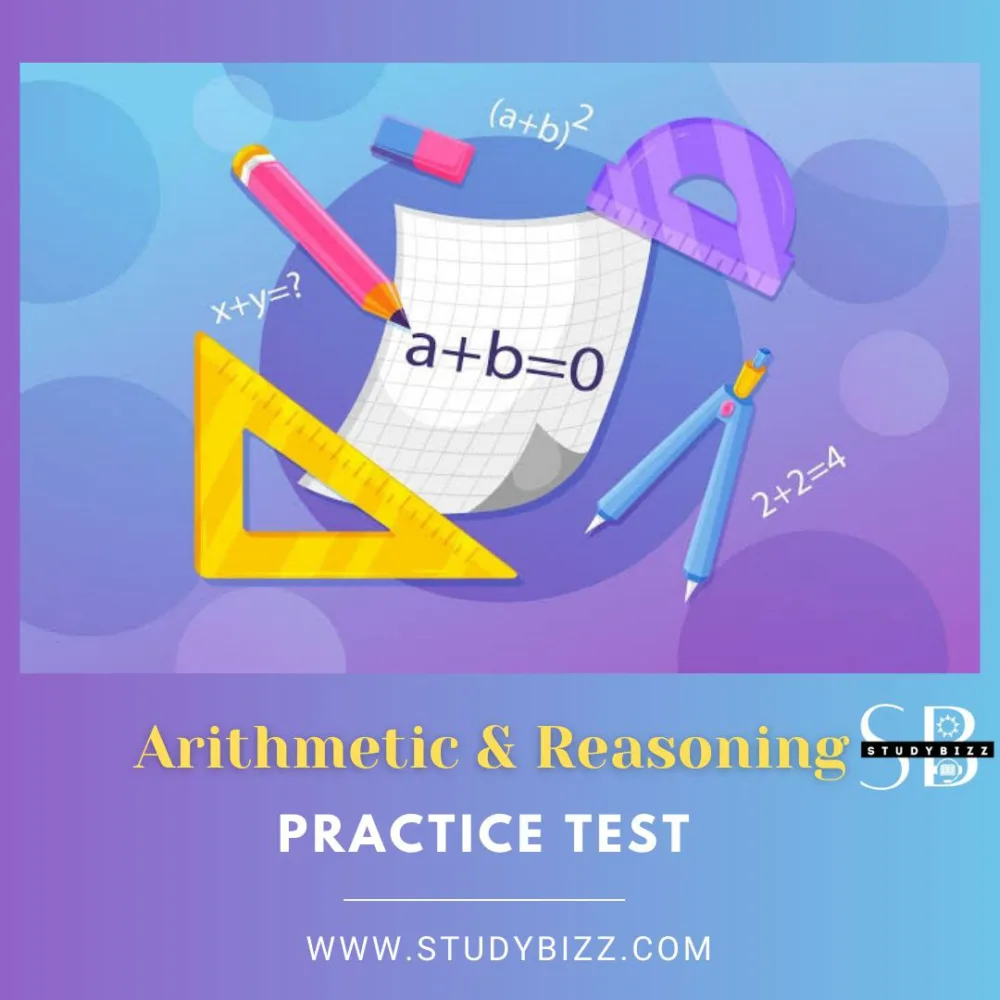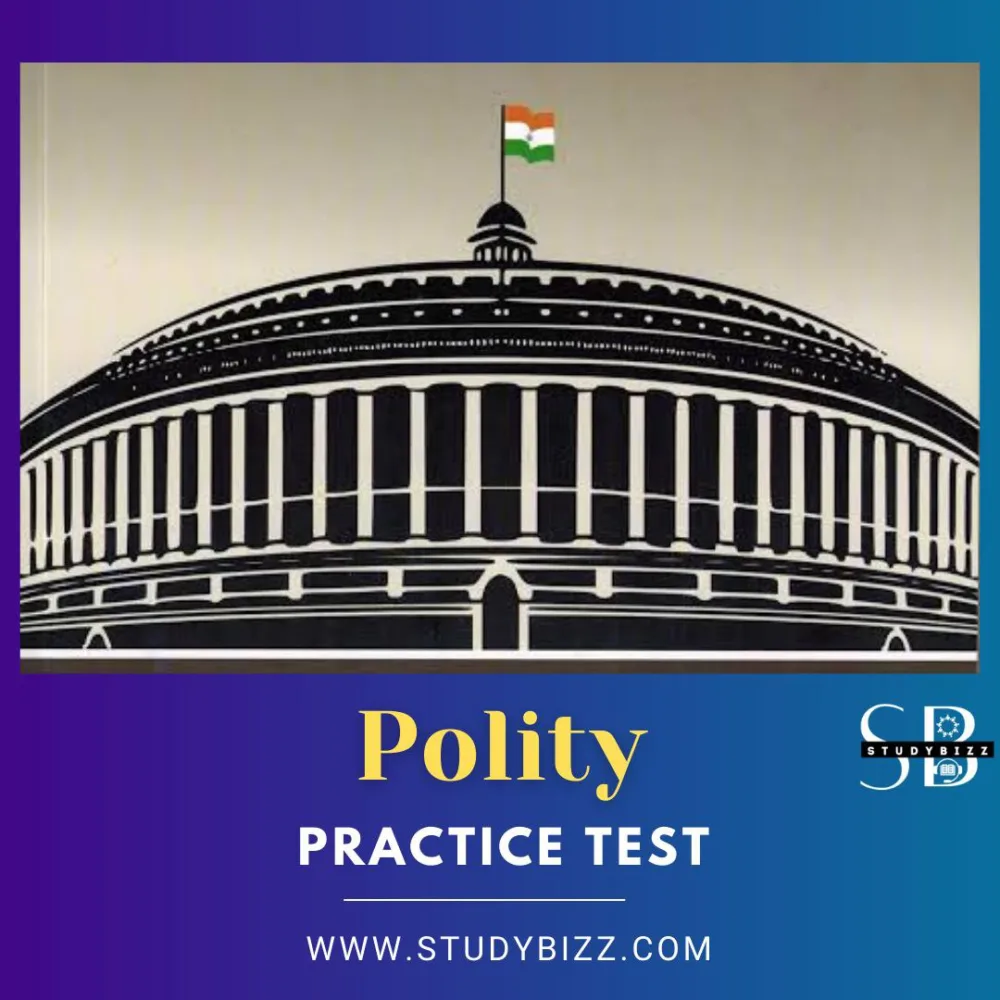1. ‘Mandal issue’ is associated with…..
a) Environment Movement
b) Rights Movements
c) OBC reservations
d) None of the above
1-c; Mandal Commission – Reservations for the Other Backward Classes.
2. “Flowers and Grass” is the symbol of which Indian political party?
a) Communist Party of India (Marxist)
b) Nationalist Congress Party
c) All India Trinamool Congress
d) Bahujan Samaj Party
2-c. All India Trinamool Congress
3. Which of the following act abolished the trade monopoly of the company in India?
a) Charter Act of 1793
b) Charter Act of 1813
c) Charter Act of 1833
d) Charter Act of 1853
3-b; The act of 1813 abolished the trade monopoly of the company in India i.e., the Indian trade was thrown open to all British merchants.
4. Which of the following article deals with “Freedom to manage religious affairs”.....
a) Article 25
b) Article 24
c) Article 23
d) Article 26
4-d; Article 26 - Freedom to manage religious affairs
5. Who quoted Directive principles of state policy as a ‘manifesto of aims and aspirations’?
a) T.T. Krishnamachari
b) K.T. Shah
c) K.C. Wheare
d) Sir Ivor Jennings
5-c; K.C.Wheare called DPSP as a ‘manifesto of aims and aspirations’ and opined that they serve as mere ‘moral homily’.
6. The remuneration of the Attorney General is determined by.....
a) Union Law minister
b) The President
c) The Parliament
d) Chief Justice of India
6-b; The remuneration of the Attorney General is not fixed by the Constitution. He receives such remuneration as the president may determine.
7. The establishment of the CBI was recommended by the......
a) Sarkaria Committee
b) Punchhi Committee
c) Santhanam Committee
d) Rao Committee
7-c; The establishment of the CBI was recommended by the Santhanam Committee on Prevention of Corruption (1962-64). The CBI is not a statutory body. It derives its powers from the Delhi Special Police Establishment Act, 1946
8. Judicial review in the Indian Constitution is based on.....
a) Equal laws for all
b) Due process of Law
c) Procedure established by Law
d) Rule of Law
8-c; The phrase ‘Judicial Review’ has nowhere been used in the Constitution. The American Constitution provides for ‘due process of law’ against that of ‘procedure established by law’ which is contained in the Indian Constitution.
9. Which of the following act known as the "Act for the Good Government of India"?
a) Government of India act, 1935
b) Government of India act 1858
c) Charter act of 1853
d) Pitts act of 1784
9-b; Government of India act 1858 known as the Act for the Good Government of India.
10. The elections to the Constituent Assembly (for 296 seats allotted to the British Indian Provinces) were held in....
a) 1940
b) 1942
c)1944
d) 1946
10-d; The elections to the Constituent Assembly were held in July-August 1946. The Indian National Congress won 208 seats, the Muslim League 73 seats, and the small groups and independents got the remaining 15 seats.
11. Who said that the Constitution of India has been framed after “ransacking all the known Constitutions of the World”?
a) Jawaharlal Nehru
b) Gandhi
c) Ambedkar
d) Rajendra Prasad
11-c; Dr B.R. Ambedkar proudly acclaimed that the Constitution of India has been framed after “ransacking all the known Constitutions of the World”.
12. Which of the following acts created a new office “secretary of state for India”?
a) Government of India act 1935
b) Government of India act 1858
c) Charter act of 1853
d) Pitts act of 1784
12-b; Government of India act 1858 created a new office, Secretary of State for India, vested with complete authority and control over Indian administration
13. Constituent Assembly had..
a) 11 sessions over two years, 11 months and 18 days.
b) 12 sessions over two years, 11 months and 28 days.
c) 11 sessions over two years, 9 months and 26 days.
d) 14 sessions over two years, 10 months and 26 days.
13-a; In total Constituent Assembly held 11 sessions over two years, 11 months and 18 days
14. Fundamental Rights in India are guaranteed by it through..
a) Educational and Cultural Rights
b) The Right to Equality
c) Right Against Exploitation
d) Right to Constitutional Remedies
14-d; Article 32 confers the right to remedies for the enforcement of the fundamental rights of an aggrieved citizen. In other words, the right to get the Fundamental Rights protected is in itself a fundamental right.
15. According to the Indian Constitution, who has the power to declare emergency?
a) Speaker
b) President
c) Vice president and President jointly
d) Parliament
15-b; Under Article 352, the President can declare a national emergency when the security of India or a part of it is threatened by war or external aggression or armed rebellion
16. The earliest High Courts in India were set up at..
a) Delhi and Calcutta
b) Bombay, Madras, Calcutta
c) Bombay, Delhi, Calcutta
d) Madras and Bombay
16-b; The institution of high court originated in India in 1862 when the high courts were set up at Calcutta, Bombay and Madras
17. Which of the following can a court issue for enforcement of Fundamental Rights?
a) An Award
b) A Writ
c) An act
d) An Ordinance
17-b; The Supreme Court (under Article 32) and the high courts (under Article 226) can issue the writs of habeas corpus, mandamus, prohibition, certiorari and quo-warranto.
18. The minimum age of the member of Rajya Sabha is?
a) 18 years
b) 35 years
c) 30 years
d) 25 years
18-c; The minimum age for a person to become a member of Rajya Sabha is 30 years.
19. The salaries and emoluments of the judges of the Supreme Court are charged on.....
a) Public account fund of India
b) The Contingency Fund of India
c) The Consolidated Fund of India
d) As directed by CAG
19-c; The salaries payable to the Judges of the Supreme Court shall be charged on and paid out of the Consolidated Fund of India
20. Who said “The Assembly was the Congress and the Congress was India”?
a) Naziruddin Ahmed
b) Granville Austin
c) Lord Viscount Simon
d) Prem Behari
20-b; Granville Austin, remarked ‘The Constituent Assembly was a one - party body in an essentially one party country. The Assembly was the Congress and the Congress was India





Leave a Reply